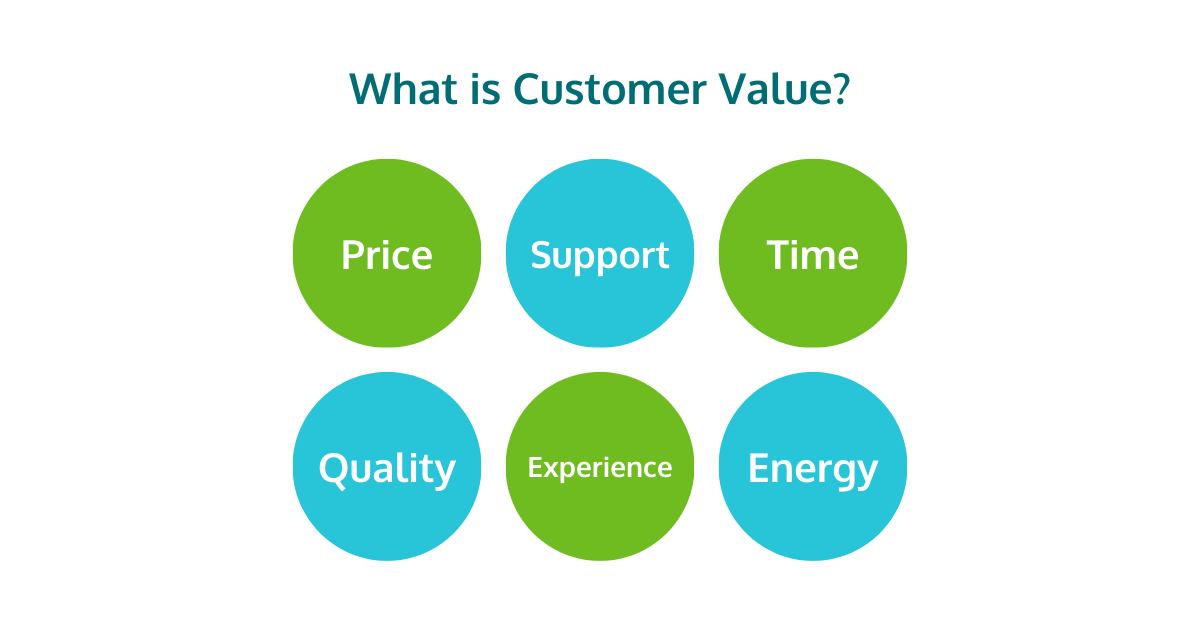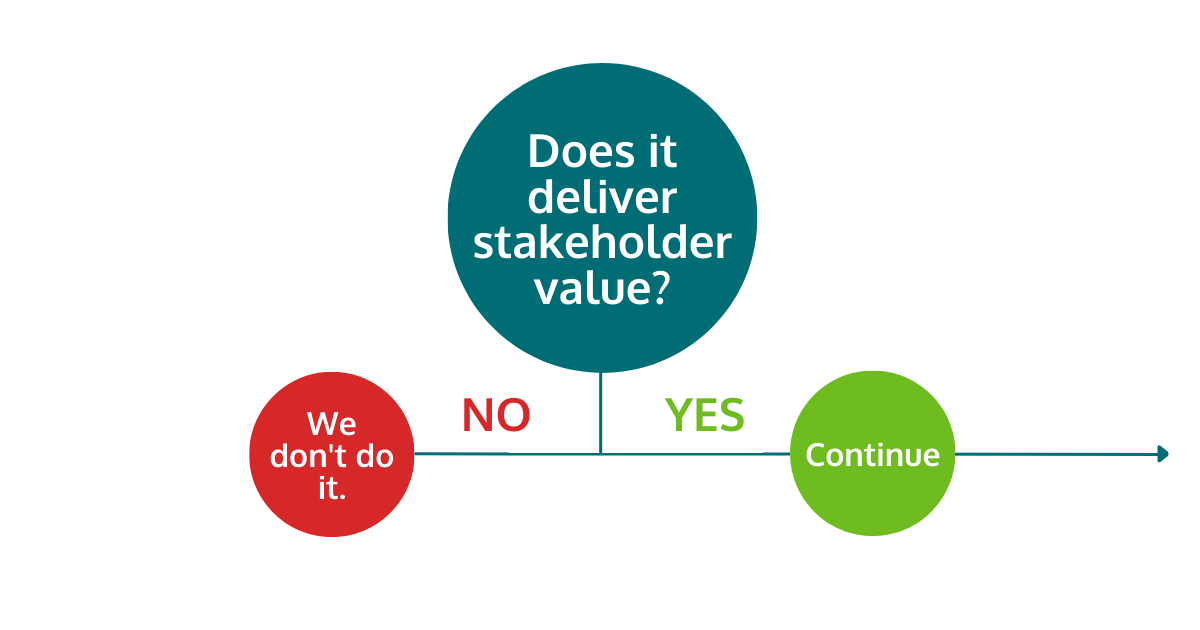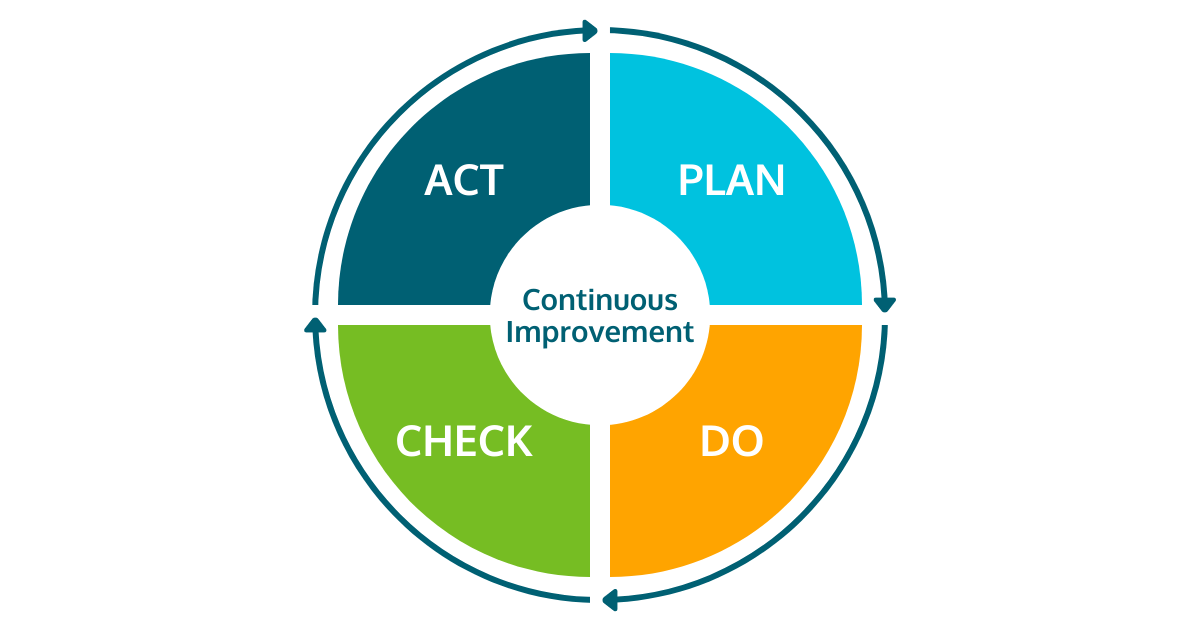-
- marketing agility
- Teams
- Organizations
- Education
- enterprise
- Articles
- Individuals
- Transformation
- Solution
- Leadership
- Getting Started
- business agility
- agile management
- going agile
- Frameworks
- agile mindset
- Agile Marketing Tools
- agile marketing journey
- organizational alignment
- Agile Marketers
- People
- Selection
- (Featured Posts)
- strategy
- agile journey
- Metrics and Data
- Kanban
- Resources
- Why Agile Marketing
- agile project management
- self-managing team
- Meetings
- Scrum
- agile adoption
- scaled agile marketing
- tactics
- scaled agile
- AI
- Agile Meetings
- agile marketing training
- agile takeaways
- Agile Leadership
- agile coach
- enterprise marketing agility
- Scrumban
- state of agile marketing
- team empowerment
- Intermediate
- agile marketing mindset
- agile marketing planning
- agile plan
- Individual
- Team
- Videos
- agile marketing
- kanban board
- Agile Marketing Terms
- agile transformation
- traditional marketing
- FAQ
- agile teams
- Agile Marketing Glossary
- CoE
- Scrumban
- agile
- agile marketer
- agile marketing case study
- agile marketing coaching
- agile marketing leaders
- agile marketing methodologies
- agile marketing metrics
- agile pilot
- agile sales
- agile team
- agile work breakdown
- cycle time
- employee satisfaction
- marketing value stream
- marketing-analytics
- remote teams
- sprints
- throughput
- work breakdown structure
- News
- agile brand
- agile marketing books
- agile marketing pilot
- agile marketing transformation
- agile review process
- agile team charter
- cost of delay
- hybrid framework
- pdca
- remote working
- scrum master
- stable agile teams
- stand ups
- startups
- team charter
- team morale
- user story
- value stream mapping
- visual workflow

Customer value is always important, but never more so than in tough economic times. This is when customers become even more discerning and value-seeking. In the process, they will strive to find cost-effective alternatives or stop using certain products and services altogether.
However, uncertain economic times also present an opportunity you can take advantage of: beating your competitors on value, and, in turn, enabling your business to thrive amidst crisis while also building a foundation for future success. That is why now, more than ever, businesses need to prepare for an uncertain future by focusing on delivering greater customer value more effectively.
But how can organizations refocus their attention and become lean, mean, customer-value-providing machines? The answer lies in the power of business agility.
What Is Customer Value?
Delivering greater customer value begins with a deeper understanding of what it is. Customer value extends far beyond the basic delivery of quality products and services. It includes everything involved in deciding whether to purchase, including the time, energy, and even emotional costs.
So customer value can be delivered by simply lowering the price. But it can also come from something as abstract as making the buying experience more pleasant. Because of how abstract customer value can be, you can’t simply take it for granted. Instead, you need to spend some time and resources really considering the various ways you can provide it more effectively.
Often this means conducting customer research via interviews or surveys. Again, because many of these measures are subjective, you won’t be able to measure them with great precision. But even a rough idea of how your customers value various aspects of their experience with you should be enough to guide your decision-making.

The Problem With the Customer Value Status Quo
Too many businesses view customer value solely through a narrow lens of price, product quality, ongoing service, etc. This narrowness becomes particularly important during tough economic times when it’s easy to simply accept that you can no longer provide the same value or affordability instead of looking for other, more cost-effective ways to provide greater value.
But doing this requires refocusing your business around evaluating and delivering customer value instead of shorter-term goals like simply increasing sales. Ultimately, you can talk about customer value all day, but if your business isn’t devoting the resources to identifying and delivering it, then you’re not going to deliver that value effectively.
For example, your marketing team can easily pay lip service to customer value, but is that what’s actually driving their decision-making? When they choose what campaigns to run, what metrics to measure, etc., is customer value on their minds?
Likewise, if some portion of your organization is thinking deeply about customer value, are those insights being shared? Is your organization aligned on what value its customers want from you and how you will deliver it to them? The answer to all of these questions is probably no, which is precisely why another approach is so necessary.
How Agile Offers Another Approach
There are many approaches to business agility, but what unifies all of them is a singular focus on delivering stakeholder value. At its core, that’s what Agile is, a set of methods centered around finding the best ways to deliver value to your stakeholders. That’s why, assuming you define your customers as one of your stakeholders, Agile offers the best way to drive effective focus on customer value.

But how does that happen, and what does Agile-led focus on customer value look like in practice?
Whether conducting quarterly planning sessions or deciding which piece of work to do on a particular afternoon, each individual in your organization understands that their primary focus is delivering value to stakeholders. Instead of relying on assumptions, teams regularly get feedback from those stakeholders to ensure they remain aligned about what value is needed.
The overall direction and goals for delivering that value will come from leadership, while individual teams are empowered to use their boots-on-the-ground knowledge to determine the best way of achieving those goals. This way, you get alignment around goals alongside excellent team-level flexibility.
Agile Tools for Improving Value Delivery
Going beyond a surface-level understanding of how Agile delivers customer value requires an understanding of the tools that make it possible.
Hybrid Frameworks
Most Agile work is done through Scrum, Kanban, or a hybrid framework. All of these frameworks offer ways to structure work, get stakeholder input, develop and test ways to improve processes, get visibility on work, and much more. Most businesses choose a hybrid approach because it allows them to craft an ideal blend of the benefits brought by each of the other approaches.
Standups
Most Agile approaches involve short, daily (or at least a few times a week) meetings in which team members share simple updates on their work and flag potential issues. This creates excellent visibility across teams and ensures problems are addressed quickly and efficiently.
Retrospectives
Often held at the end of sprints (in Scrum or Hybrid) or perhaps monthly if Kanban is being used, retrospectives are meetings where teams review what went well, what went poorly, and brainstorm ideas for improvement. These meetings are key drivers of continuous improvement, where teams regularly develop new ideas for delivering stakeholder value more effectively. These ideas can then be tested and evaluated at the next retrospective.

Value Stream Mapping
Another tool Agile teams often use to improve value delivery is a value stream map. This tool provides a visualization of all the steps needed to take a project from ideation all the way to final delivery. The idea is to focus more on where value is added instead of simply on what steps are involved. In the process, you can more easily identify waste and focus on areas of greater value-add.
Backlog Grooming
Most Agile approaches put upcoming work into a backlog ordered by priority. This enables team members to always know what to work on next while ensuring they focus on work that will deliver the greatest value. However, to keep backlogs useful, you need occasional backlog grooming to ensure what the team decided would deliver value six weeks ago will still deliver that value today.
An Example of How Agile Delivers Customer Value
Together, all the tools mentioned above enable teams to markedly improve how effectively they deliver value. But let’s look at an example to better understand what this all looks like in practice.
A typical marketing team might plan its activities each quarter based on the business priorities. Let’s say they are told to increase monthly recurring revenue (MRR). If they’re not thinking in terms of customer value, they could easily end up focusing on short-term manipulative tactics that succeed in that aim but ultimately don’t deliver real value to the customer.
For example, the team might decide to make it extremely difficult to unsubscribe from a particular service. That might achieve the revenue aim, but it’s taking away customer value by increasing time, money, and emotional costs. The result will likely be short-term gains but longer-term losses.
By contrast, an Agile marketing team that views customers as a stakeholder would approach the challenge of increasing MRR through the lens of customer value. An Agile team would try to find ways to increase the value delivered to those customers in such a way that MRR would increase.
How You Can Transition to a Customer-Value-Centric Approach
Ultimately, delivering better customer value is how businesses can thrive in the long run, especially in tough economic times. Agile allows for everything from individual teams to entire organizations to build themselves around that singular goal.
If you’re interested in unlocking the customer-value-creating potential of your team or organization, that process begins with understanding the fundamentals of business agility. Fortunately, we offer both self-paced and instructor-led courses specifically designed to equip you or your team leaders with the knowledge needed to begin unlocking greater customer value through Agile.
Topics discussed
Improve your Marketing Ops every week
Subscribe to our blog to get insights sent directly to your inbox.


